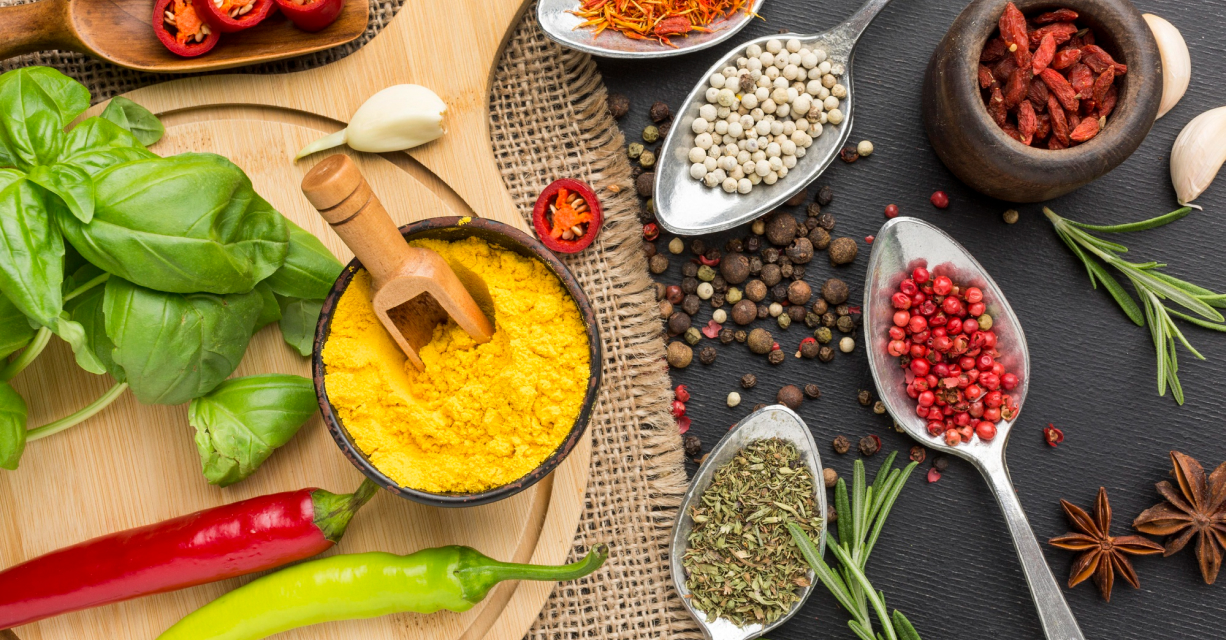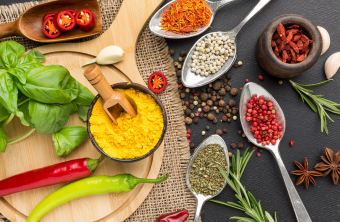

Herbs are nature’s little miracles, capable of transforming ordinary dishes into culinary masterpieces while offering a plethora of health benefits. Whether fresh or dried, herbs add vibrant flavors, aromas, and colors to your food, and many have medicinal properties that can improve your overall well-being. In this guide, we’ll explore the world of culinary herbs, how to use them in your cooking, and the health benefits they bring to the table.
Culinary herbs are plant leaves used for flavoring or garnishing food. They are distinct from spices, which are derived from other parts of the plant such as seeds, roots, and bark. Common culinary herbs include basil, parsley, cilantro, mint, rosemary, thyme, and oregano. Each herb has a unique flavor profile and best applications, making them versatile ingredients in any kitchen.
Growing your own herbs is a rewarding way to ensure a fresh supply of these culinary and medicinal powerhouses. Here are some tips for starting your own herb garden:
To make the most of your herbs, proper storage and preservation are key:
Herbs are a versatile and powerful addition to any kitchen, enhancing the flavor of your dishes and providing numerous health benefits. By learning how to use and store them properly, you can elevate your cooking and enjoy the medicinal properties of these wonderful plants. Whether you grow your own or buy them fresh from the market, incorporating herbs into your diet is a simple and delicious way to boost your health and culinary repertoire. So, start experimenting with different herbs and discover the amazing flavors and benefits they bring to your table.